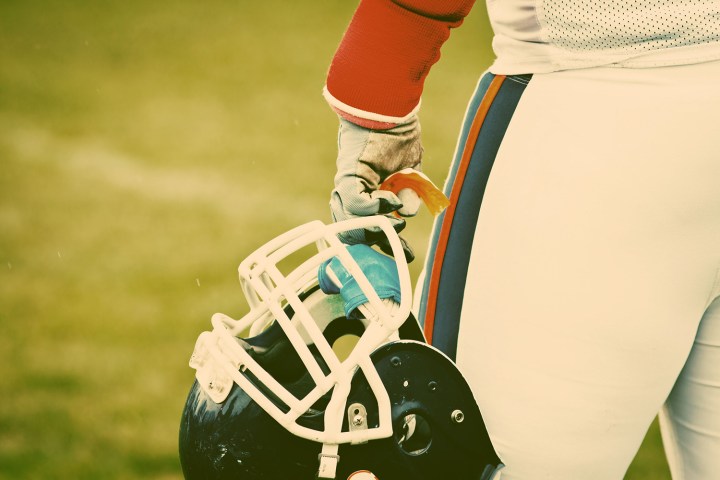
To that end, some schools keep doctors on the sidelines to diagnose head injuries. But many schools don’t have full-time athletic trainers and the nearest doctor is sometimes far from the football-loving schools in rural America. To help that issue, researchers at the University of Texas Southwestern and the Mayo Clinic tried out a robotic doctor and had promising results.
Led by neurologist Bert Vargas, the team set out to test whether doctors could effectively diagnose concussions via telepresence robots compared to face-to-face observation.
More: Flexible football helmet absorbs hits like a car bumper, could put an end to concussions
“We aimed to show that observing the player remotely was just as good as being the the presence of the athlete face to face,” Vargas told Digital Trends. “We were not assessing risk so much as we were assessing whether an athlete should be removed from play after suspected concussion.”
For two seasons, the researchers had a mobile robot roam the sideline of football games at Northern Arizona University. A neurologist watched the game and players through the robot’s camera. In 11 cases when the telepresent neurologist was asked to diagnose potentially injured players, the distant neurologist’s assessment matched the one made by medical personnel who diagnosed the player in person.
Though the team’s study is not entirely new — researchers have previously used tele-concussion technology to study traumatic brain injury (TBI) in the military — it touched on a hot topic of sports safety, particularly when it comes to football-related head injuries. Although having an athletic trainer on staff may be preferred, a sideline robot could be the best bet for schools where that is not feasible.
“This technology is most valuable in communities where specialty care is difficult to access, specifically rural communities where access to a concussion specialist is difficult,” Vargas said. “Especially when state law mandates that return to play has to be decided by a physician, and access to physicians is difficult, telemedicine may help bridge gaps in care.”
A paper detailing the study was recently published in the journal Neurology.


